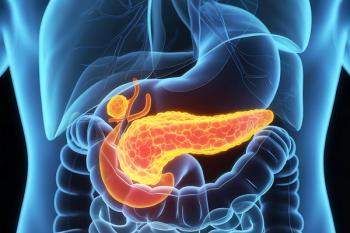
- The Column-03-24-2016
- Volume 5
- Issue 12
GC BBQ
Researchers from South Korea have investigated methods of reducing polycyclic aromatic hydrocarbons within cooked meat using gas chromatography–mass spectrometry.
Researchers from South Korea have investigated methods of reducing polycyclic aromatic hydrocarbons (PAHs) within cooked meat using gas chromatography–mass spectrometry (GC–MS).1 PAHs are formed during cooking and are derived from the incomplete combustion of organic matter; they have known mutagenic properties.
Grilled, smoked, and roasted foods are increasingly popular both at home and in restaurants, however, many studies have identified an elevated health risk in these products as a result of the higher levels of PAHs found in such meats compared to meats prepared by other cooking methods.2,3
The exact chemical mechanisms of PAH creation are not precisely known. PAHs can be formed from pyrolysis of organic matter, such as fat, at temperatures above 200 °C or from smoke produced through the incomplete combustion of charcoal or open fires. The latter PAHs adhere to the surface of foods.1
The study focused on the four most carcinogenic PAHs (benzo[a]anthracene, chrysene, benzo[b]fluoranthene, and benzo[a]pyrene) and tested different grilling methods and temperatures on two different meat samples (pork and beef). Samples were extracted, purified, and then analyzed using GC–MS.
While using a standard grilling procedure the amount of fat initially present within the meat was linked to the formation of higher levels of PAHs. This was especially true for pork belly, which contained a high fat content of 26.4%.
Significant reductions in PAHs were observed when meat drippings and smoke were removed with alternative grilling apparatus. The sum total of the four PAHs was reduced 48–89% when drippings were removed and 41–74% when smoke was removed.
Smoke resulting from incomplete combustion of fat dripped onto open flames was the most important factor contributing to the production of PAHs during the grilling process.
The study authors recommended the removal of meat drippings and optimization of the charcoal combustion as the best procedures for reducing PAH formation as well as the publication of official guidelines to increase public awareness. - L.B.
References
- J.G. Lee et al., Food Chem.199, 632–638 (2016).
- T. Kao, Food Chem. Toxicol.71, 149–158 (2014).
- N. Sundararajan, Meat Sci.51, 289–295 (1999).
Articles in this issue
over 9 years ago
Analyzing Antarctic Ice Cores Using Capillary Ion Chromatographyover 9 years ago
Could You be a Great Analytical Chemist?over 9 years ago
The 2016 LCGC Awards: Part 1over 9 years ago
Dani Instruments Announce Indian Distribution Agreementover 9 years ago
Detecting Tuberculosis Using GC–MSover 9 years ago
Vol 12 No 5 The Column March 24, 2016 Europe and Asia PDFover 9 years ago
Vol 12 No 5 The Column March 24, 2016 North American PDFalmost 10 years ago
Highlights of SFC 2015Newsletter
Join the global community of analytical scientists who trust LCGC for insights on the latest techniques, trends, and expert solutions in chromatography.





